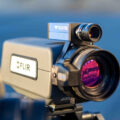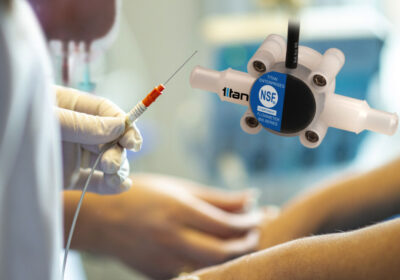Successfully designing and manufacturing radio frequency (RF) components is a complex process that not only requires in depth knowledge of RF fundamentals but also a thorough understanding of material selection and the impact this can have on performance. Yet, despite significant investment and planning, RF projects frequently fail — often due to preventable issues. Here Jerry Sanham, Business Development Director at Filtronic, a designer and manufacturer of RF-to-mmWave components and subsystems, explores the common causes of project failure.
One of the most common pitfalls is incorrect material choices. The materials used in RF components have a direct impact on both their RF performance and reliability. Choosing the wrong materials can result in excessive signal loss, reduced power efficiency or failure to meet environmental requirements. For example, using materials with poor dielectric properties can lead to increased signal attenuation and performance variation over operating temperatures, while the use of inappropriate coatings can also add to signal losses and even compromise reliability in harsh environments.
Poor thermal management is another issue that regularly impacts RF projects. RF components generate heat, and inadequate thermal management can reduce performance and cause component failure. High-power RF modules, particularly those used in telecoms and defence applications, require advanced thermal solutions such as heat spreaders, efficient PCB layout designs and active cooling mechanisms. Failure to consider these factors early in the design process can lead to overheating and premature system failure.
Many RF projects struggle due to fragmented supply chains. A design house may develop the component, a contract manufacturer may handle production and another provider may be responsible for testing. However, this multi-vendor approach can introduce miscommunications, inconsistencies and delays. Without good collaboration between design, manufacture and test teams, the final product may not perform as expected, requiring costly rework or, in the worst-case scenario, project cancellation.
When design and manufacturing are handled under one roof, potential production challenges can be identified and mitigated early. This collaborative approach ensures that components are not only high-performing but also manufacturable at scale, reducing time to market and minimising costs.
A single-source approach also removes the complications of managing multiple suppliers. A collaborative partner ensures that component sourcing, assembly and testing are all aligned, reducing the likelihood of supply chain disruptions, component mismatches or last-minute design modifications that could impact performance.
RF testing is a crucial yet often underestimated phase of product development. A collaborative partner will have in-house testing capabilities, ensuring performance is rigorously validated before deployment. This eliminates the risk of finding performance issues after production, which can be costly and time-consuming to fix.

At Filtronic, we have seen firsthand how companies benefit from a fully integrated RF design, manufacturing and testing process. By working with a single partner, customers can reduce the risk of project failure and accelerate time to market. This approach not only ensures high-performance RF components but also enables companies to adapt to evolving technology demands with agility and confidence.
As RF applications continue to expand across industries, from telecommunications to defence and space, ensuring the success of RF projects has never been more important.
By addressing common failure points and partnering with an experienced, collaborative provider, companies can significantly improve project outcomes and achieve long-term success in the competitive RF landscape. For more information about Filtronic’s experience in the design, manufacture and test of RF components, visit filtronic.com.








